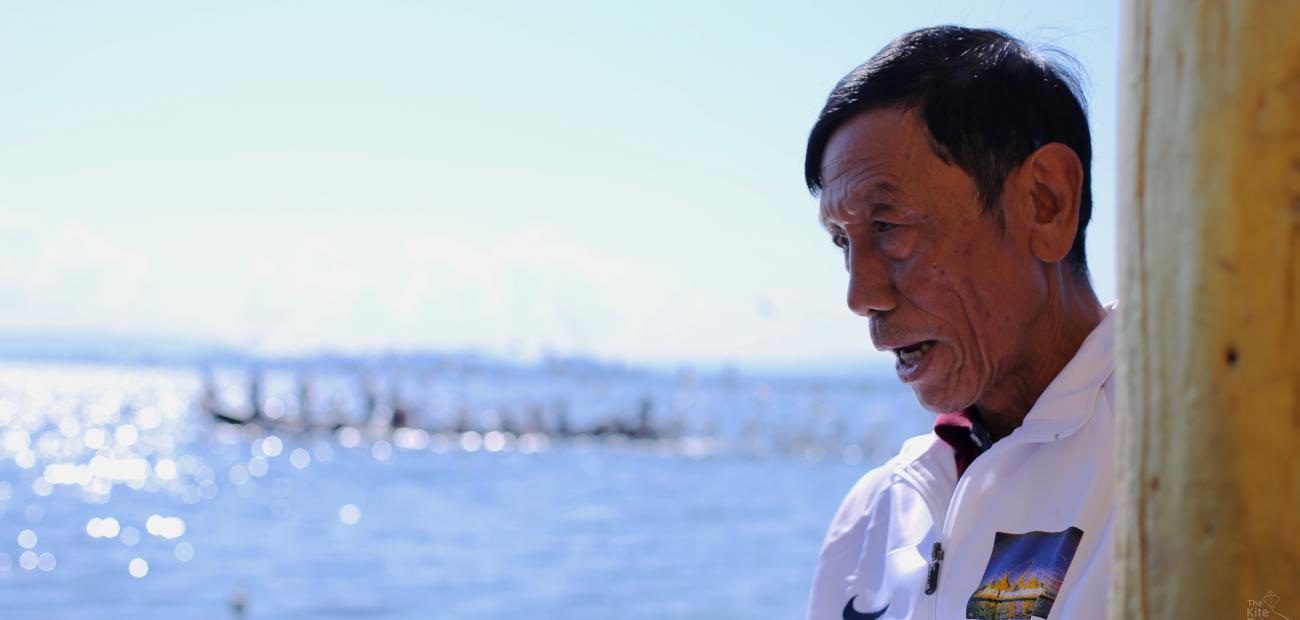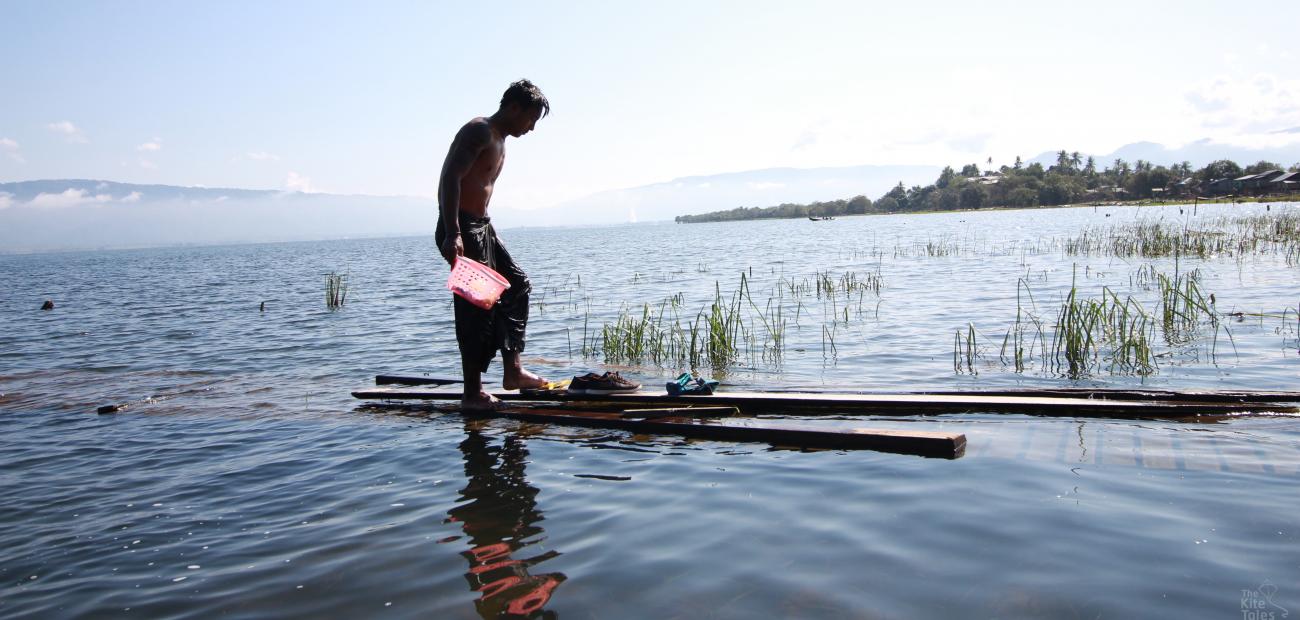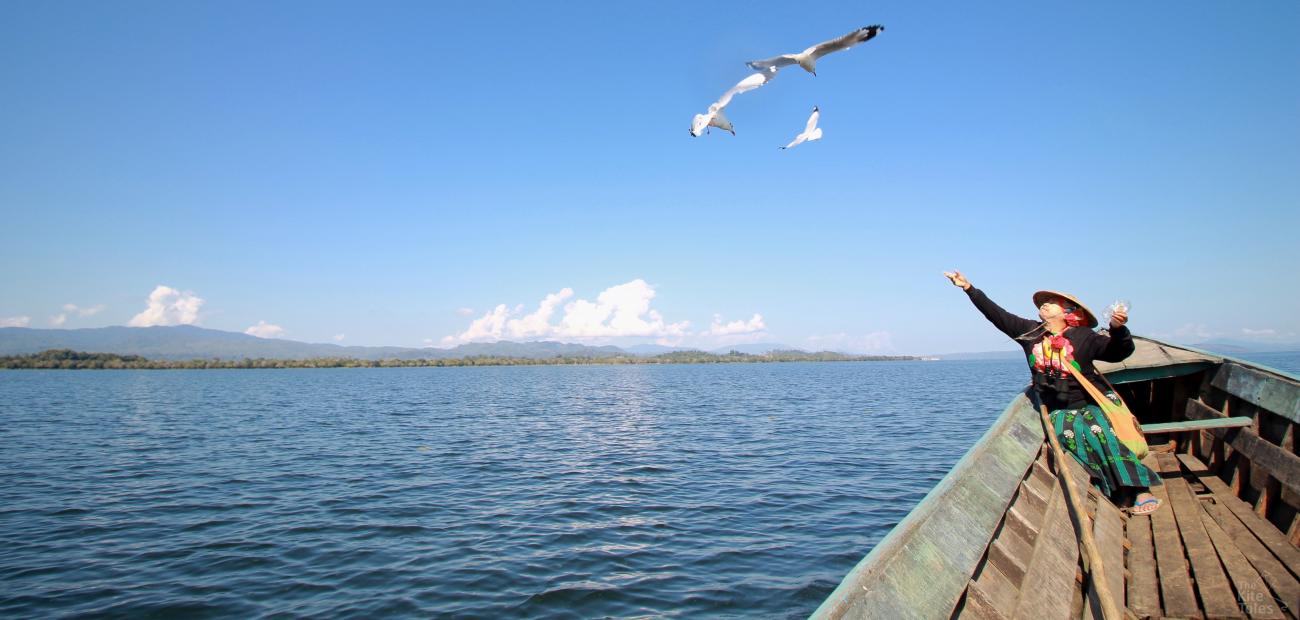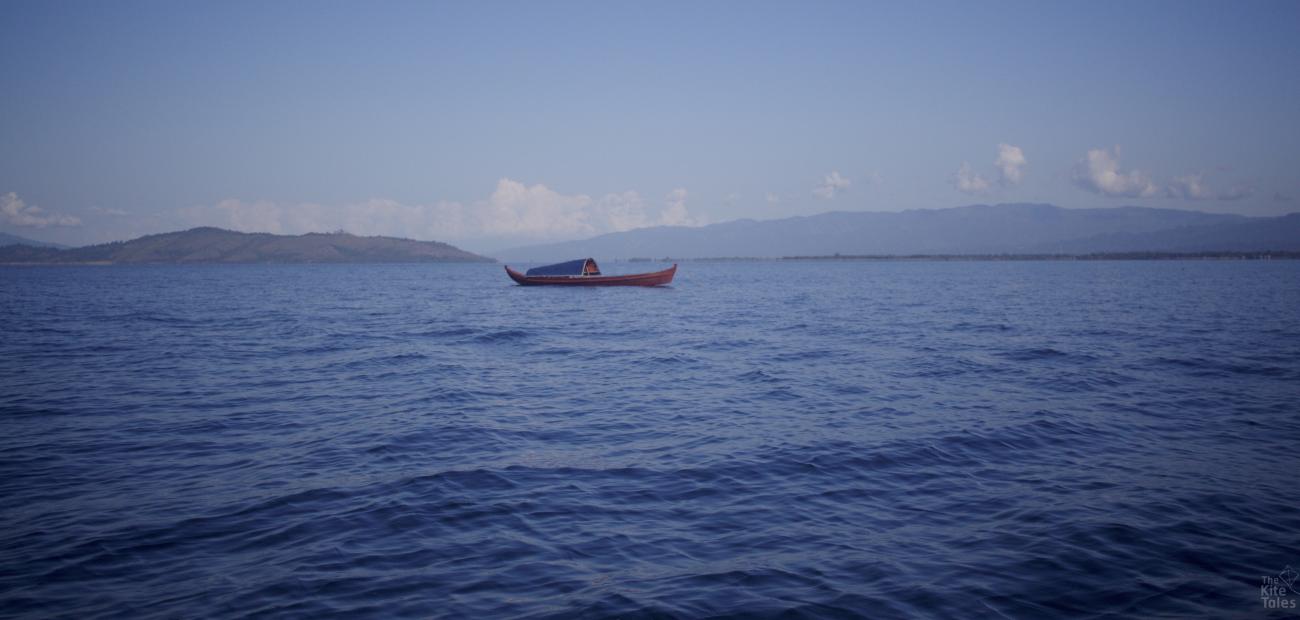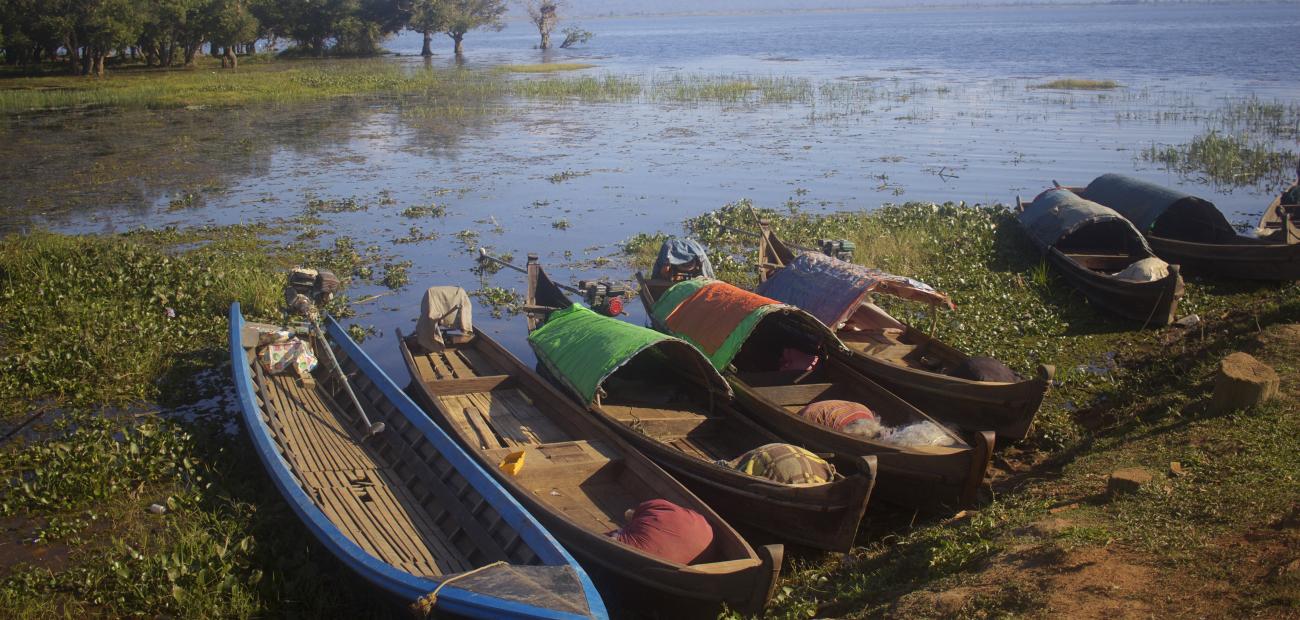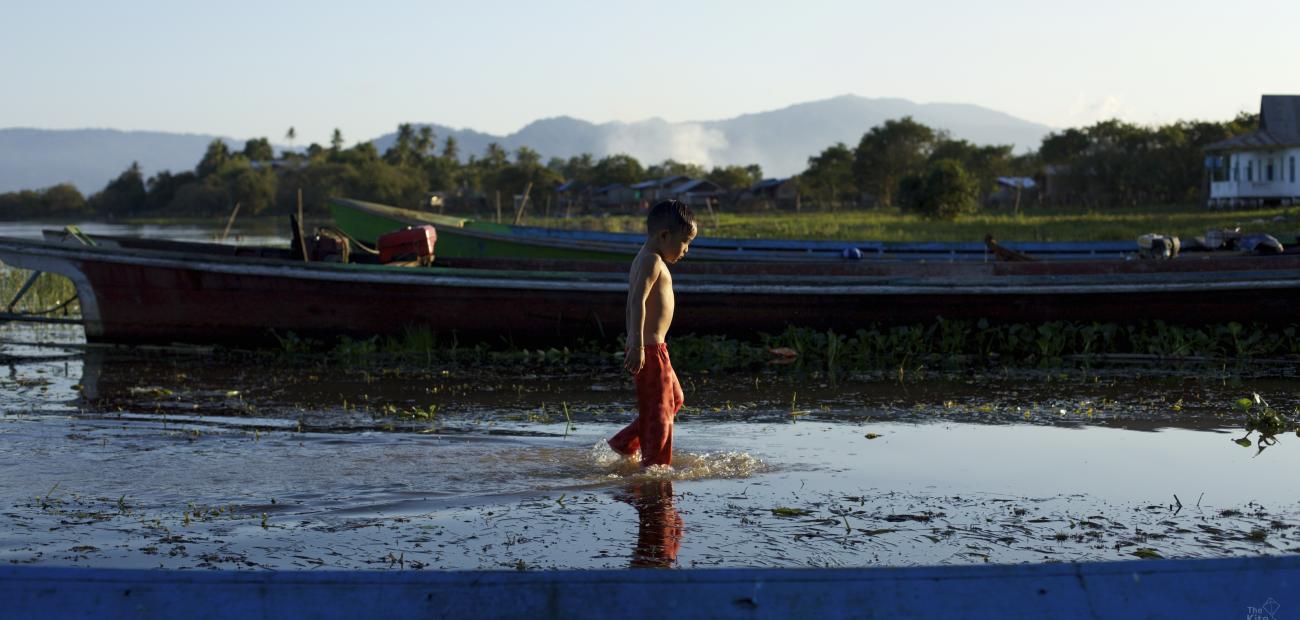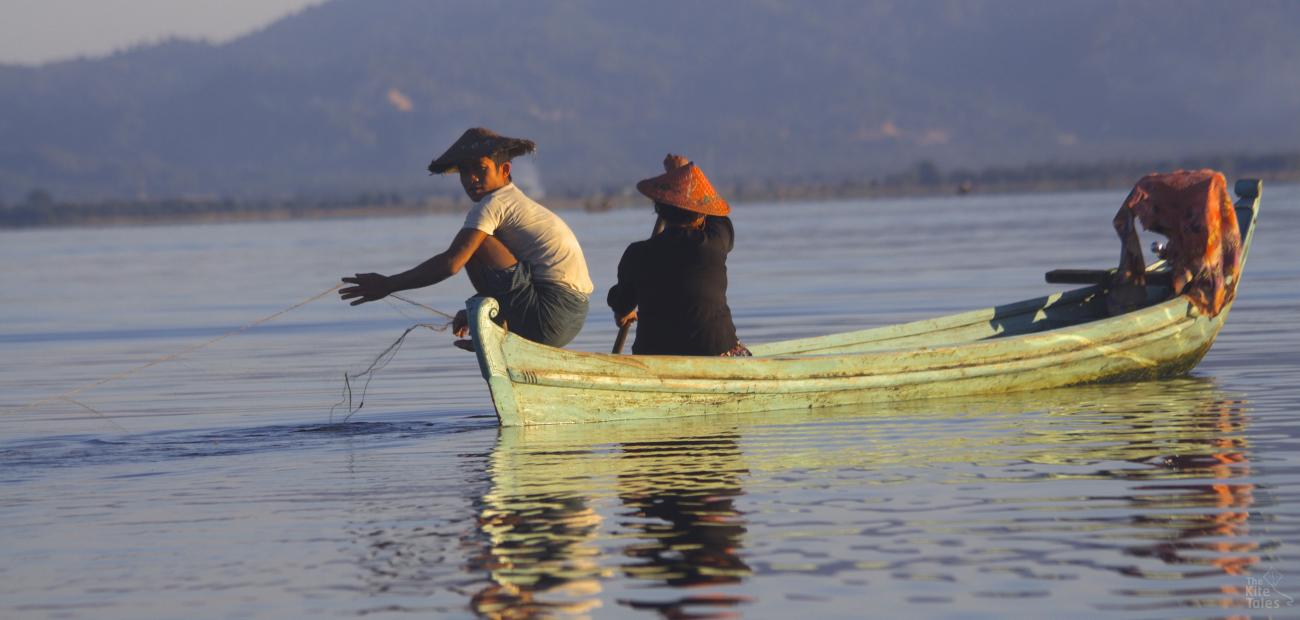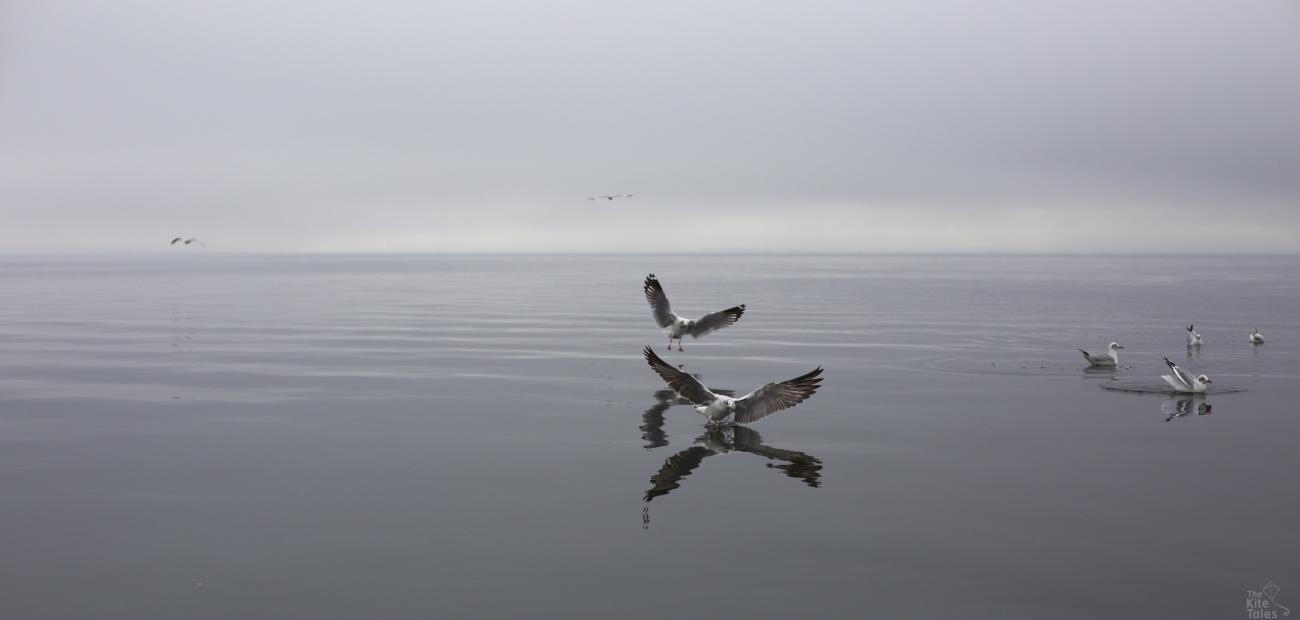A gilt-edged pagoda rests on the vast surface of Indawgyi Lake as if suspended in an endless sky, the clouds billowing over warping waters that for many in this part of Myanmar’s Kachin state are stirred with ancient myth.
People say there was once, thousands of years ago, a large city here populated by the Htamanthi — said to be ancient relatives of the Red Shan who still live in the area. They were ruled by a legendary king who could turn himself into a white tiger at will. A heroic figure, he rescued a beautiful blind princess set adrift by her family on the Ayeyarwady river and restored her sight with a magic potion before making her his queen.
But he was no match for the dragon.
“The Dragon King issued a proclamation from the sky. He said that in seven days this whole area would be flooded and become a huge lake and that everyone should leave,” Lu Win, a trustee of the Shwe Myintzu Pagoda, begins the familiar story from his seat just inches above the lapping water.
“An old widow heard the Dragon King’s warning and told everyone about it, but they did not listen. They said, ‘Oh this widow, she’s just yearning for a husband. We don’t believe her’.
“So on the seventh day, the old widow took her buffalo, her meagre belongings and a grandchild and fled the village.”
She hurried out of the valley up the steep flank of a mountainside, making the arduous climb to high ground as a powerful storm lashed the land and sent lightening streaks flashing across the sky.
“When she turned back to look, she saw the whole area had been completely filled with water, everything was sunk beneath the lake.”
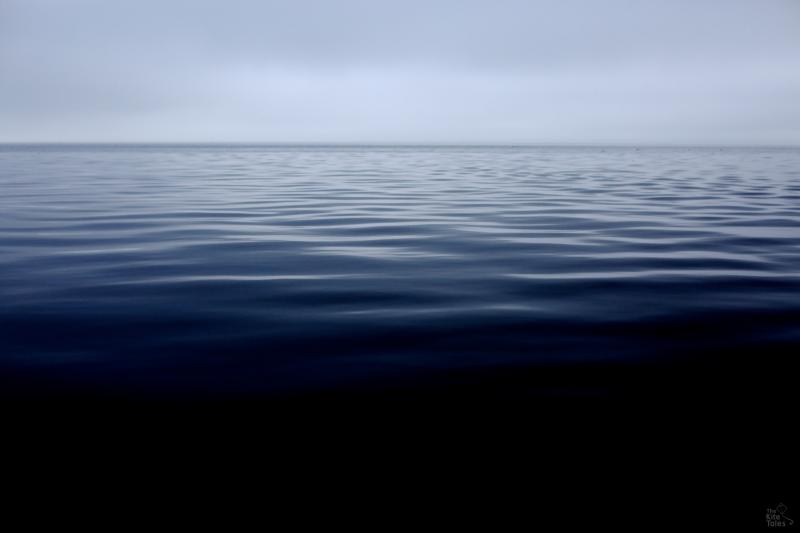
Indawgyi is Myanmar’s largest freshwater lake. It has a secretive stillness that is only interrupted by the intermittent engine buzz of small slipper-shaped fishing boats and the screech of seagulls -- noisy tourists far from home, who wheel and bicker around the pagoda.
But stories glimmer beneath the surface.
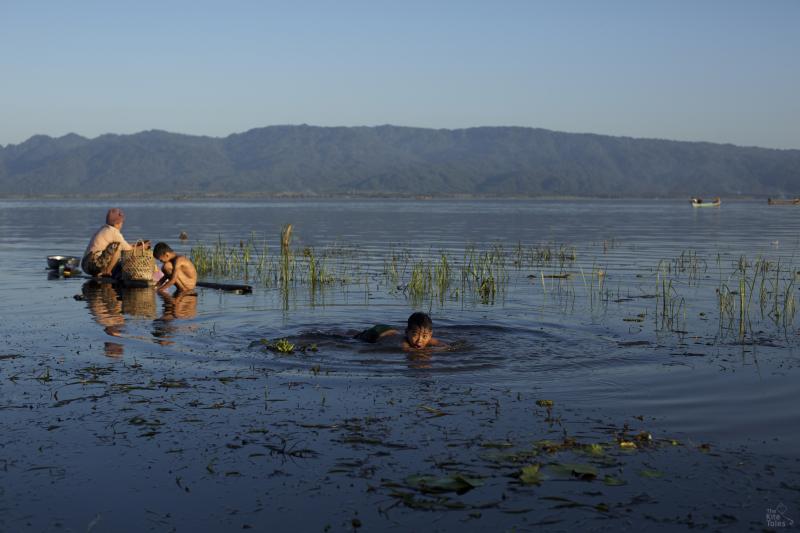
The lake even features in wartime tales of derring-do, playing a part in the desperate battles towards the end of World War II.
The Chindits, a legendary British special forces unit operating in then-Burma, were moved to the area following the death of their courageous -- if eccentric -- commander Major-General Orde Wingate. Under the leadership of US General Stilwell, who lent his name to a route hacked out of the jungle and through mountain passes to link allied forces in China and India, the Chindits saw their role transformed from commandoes into conventional infantry. Outgunned and unused to the fighting style, they suffered devastating casualties. Pounded by the Japanese forces, light planes and Sunderland flying-boats landed behind enemy lines on Indawgyi Lake and flew out 537 wounded men from a temporary convalescent camp.
“Apparently the English government planes, with floats attached to their wings, would touch down near here, and stop in front of our village Lone Sant, then they would pick up the soldiers and fly out. There were fighter boats here and a large English army base over there,” Lu Win says, pointing into the distance.
He was born too late -- in 1949 -- to have witnessed the events himself, so his memories are borrowed from the stories he heard growing up.
“(The British) would also drop their rations from the planes around here and some of the villagers would gather up the parachutes and use the material to make clothes to wear,” he says.
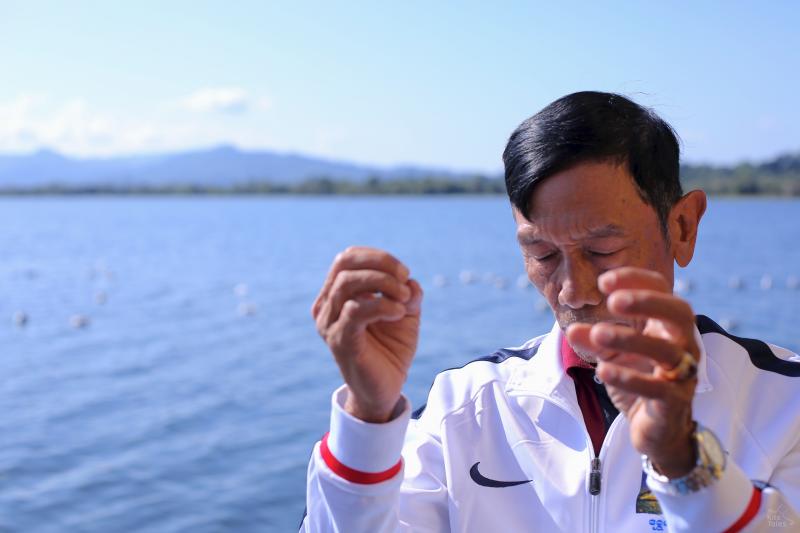
In his youth, a new conflict encircled his enchanted home. Bloody battles between the Myanmar army and the Kachin armed group Kachin Independence Organisation (KIO) raged from 1964 to 1993, spilling into his village.
“We suffered the horrors of war,” Lu Win says.
“We had to flee. We weren’t able to travel around freely because we were scared. That’s how we had to live.”
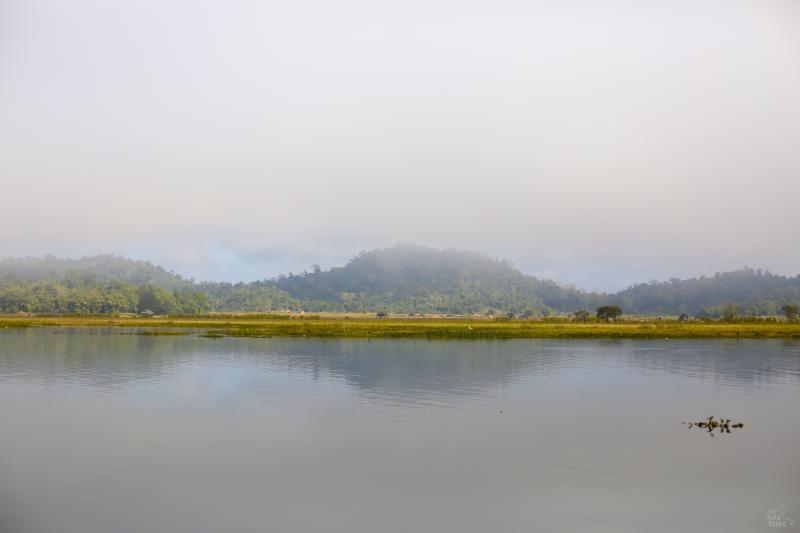
Indawgyi is just 35 miles south of Hpakant, a mountainous area in Kachin that produces most of the world’s highest-quality jade — a gem so prized in neighbouring China that the most desired form of the Myanmar gemstone is called ‘imperial jade’ and is the subject of multi-billion dollar demand. Held by the KIO until the mid-1990s, this highly lucrative mining region was wrested back into government hands and has since been clawed into a moonscape in increasingly large-scale digging operations run by those close to the military and former junta government. After a ceasefire between the Kachin fighters and Myanmar army collapsed in 2011, there have been repeated clashes in the area.
Gun-wielding soldiers still man a checkpoint on the road leading to Hpakant, but Lu Win says the place is peaceful compared to the past.
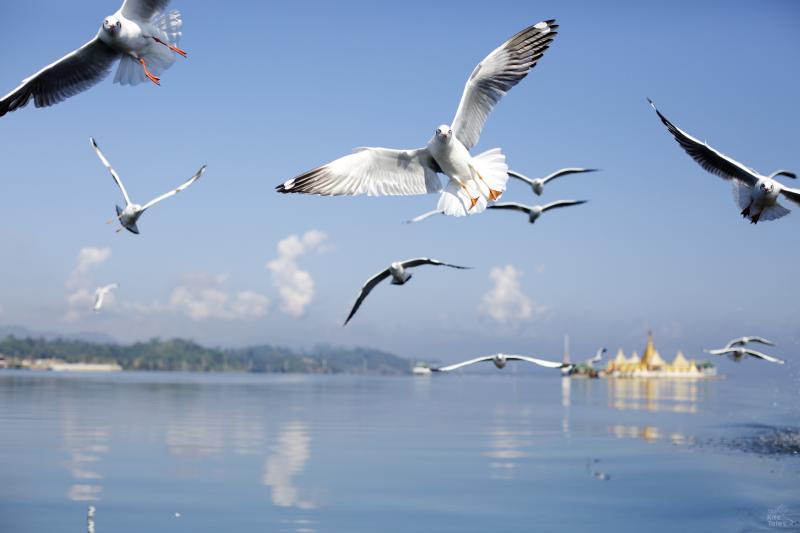
Conflict, mining — of both jade and gold — and a growing population have put tremendous pressure on the lake, which was designated a biosphere reserve in 2017.
“So much has changed. When we were young, there were so many trees along the shore and it was very lush, but they are gone now,” Lu Wun says.
“As a child I studied at the monastery on the edge of the forest. They had dogs there and sometimes tigers would take them at night. We heard the screams and were so frightened. Now you don’t ever see the footprints of tigers. Because the forest disappeared, the animals left too."
Overfishing has depleted the aquatic life of the lake and the birds, which Indawgyi is famous for, have changed too.
“We used to have flocks and flocks of cormorants on the trees along the shoreline. It was a black mass. We don’t see them that much anymore.
“I’m now over 60 and the climate has changed so much. When I was around 20, there were no seagulls in the lake. We only heard about seagulls by the seaside. I think they arrived because the weather now suits them better."

Environmental changes have put pressure on local communities, who rely on the lake and its surroundings for fishing and farming. It also affects their hopes that the area's natural beauty will attract sustainable tourism.
“I am imagining how much the foreigners would like Indawgyi if it still looked the same now as it was in the past,” says Lu Win, who is part of a growing number of locals who are working to protect the lake’s unique biodiversity — as well as attract visitors.
Working with international organisations such as Flora and Fauna International (FFI), local people are involved replanting swathes of forest.
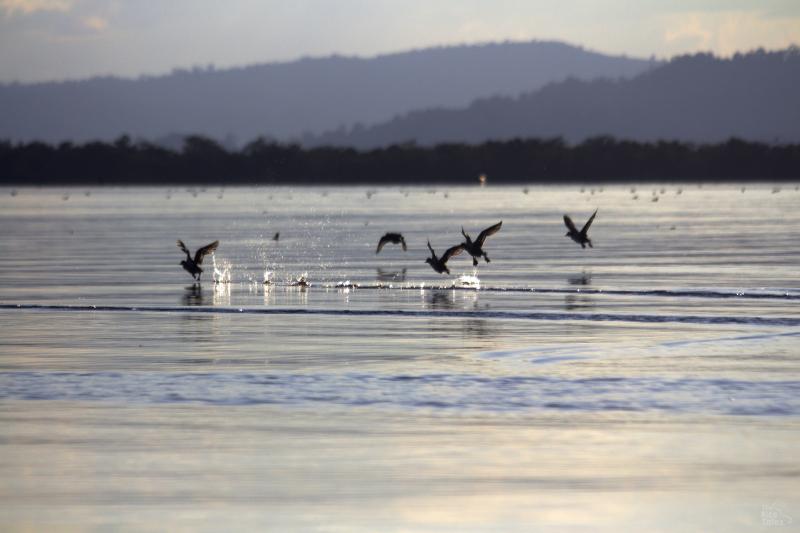
Lu Win welcomes some of the modernisation around Indawgyi that has accompanied the country’s opening to the world in recent years.
But he warns that Indawgyi, shaped in the reflection of a dragon king’s eye, must be restored to its natural balance.
“We used to have to travel by foot from one village to another, through the mud and dirt. Now we have electricity and the roads are better. But the environment and forests are no longer the same. They’re damaged and people are starting to feel the vengeance of nature.”
Interviewed in January 2017

